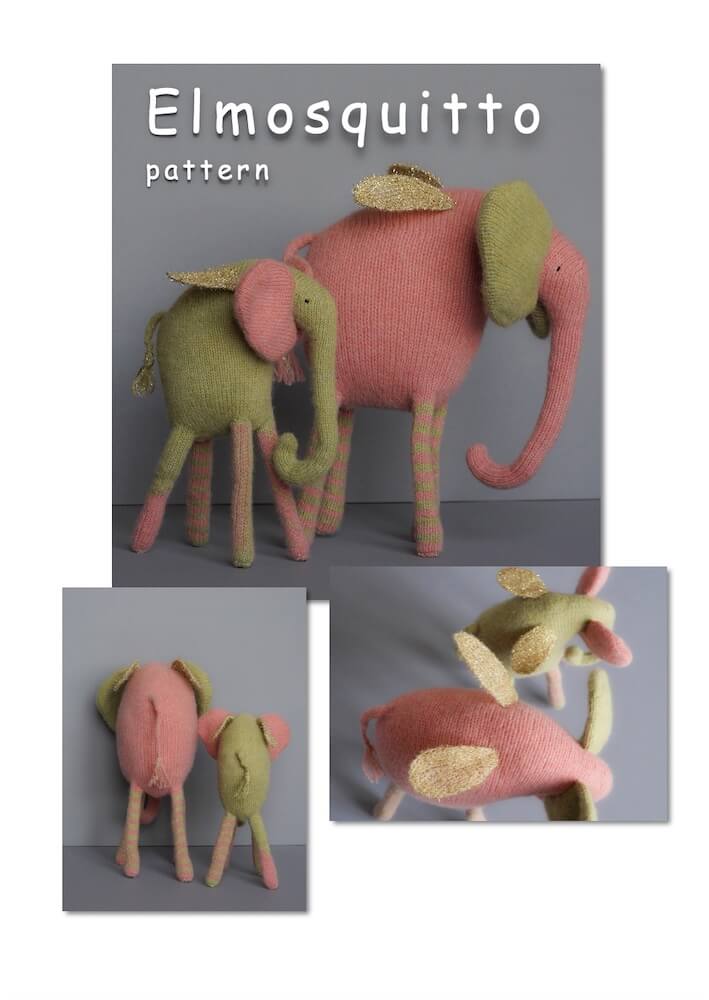Increases in knitting
Increases are one way to expand knitted fabric. This article will cover all types of increases used in TARITOYS patterns.
Table of contents
🧶 Increases from a stitch of the previous row (Knit 1 Below Increases),
🧶 Modern new type of increase called “twincrease” by @assia.brill.
Of course, there are many more types, each suitable in its own case.
M1R & M1L
And let’s start with the most common increases: M1R and M1L – increases made by knitting into crossed horisontal strands between the stitches, which allows for perhaps the tightest form of increases. ⏰ 00:30 – in video
M1R
To make a right-leaning M1 increase (M1R), pick up the horizontal strand between the just-knitted stitch and the next stitch on the left needle with the right needle and place it onto the left needle with the left loop forward.
Actually, it’s easy to remember how to position the strand on the needle because when knitting increases to the right, the stitch formed by the strand also “looks” to the right.


Insert the right needle under the left loop of the strand from left to right and knit it, twisting the strand to prevent a hole from forming where the new stitch is created.




The newly formed stitch is slanted to the right:

M1L
To create a left-leaning M1 increase (M1L), pick up the horizontal strand between the just-knitted stitch and the next stitch on the left needle with the right needle and place it onto the left needle with the right loop forward.
When knitting increases to the left, the stitch formed by the strand also “looks” to the left.


Insert the right needle under the right loop of the strand from right to left and knit it, twisting the strand to prevent a hole from forming where the new stitch is created.


The newly formed stitch is slanted to the left:

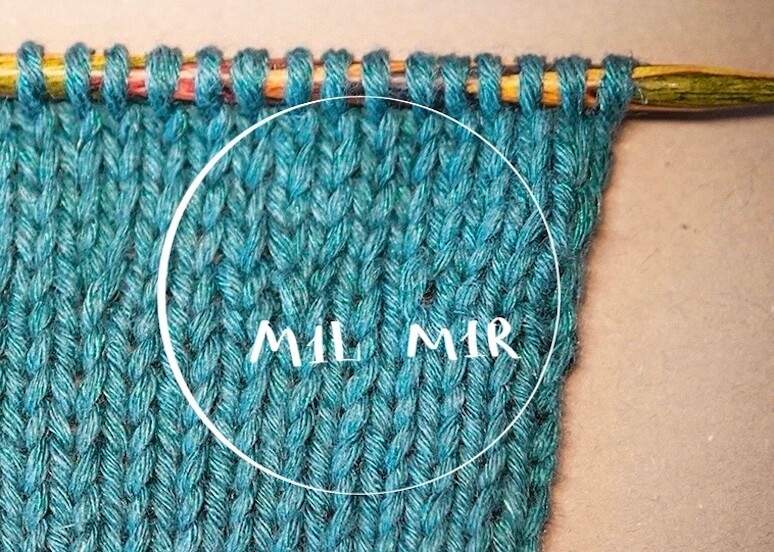
Increases from a stitch of the previous row
The next type of increase is an increase from a stitch of the previous row (1 Below Increases).
Increases from a stitch of the previous row to the right
The next type of increase is an increase from a stitch of the previous row (1 Below Increases).
Let’s consider an increase from a stitch of the previous row slanting to the right.
Insert the right needle under the right loop of the stitch from the previous row as if to knit and knit it.


Then knit the stitch of the last row in the usual manner.

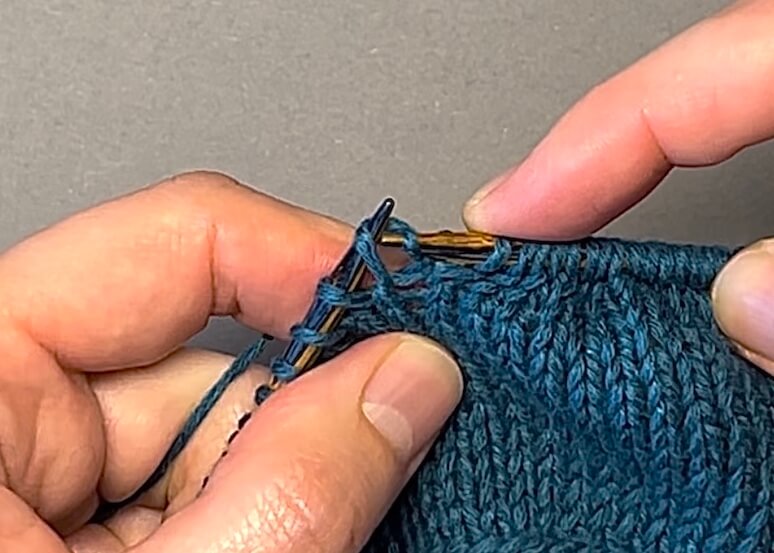
The new stitch is positioned to the right of the desired stitch:

Increases from a stitch of the previous row to the left
To create an increase from a stitch of the previous row slanting to the left, first knit the desired stitch in the usual manner.
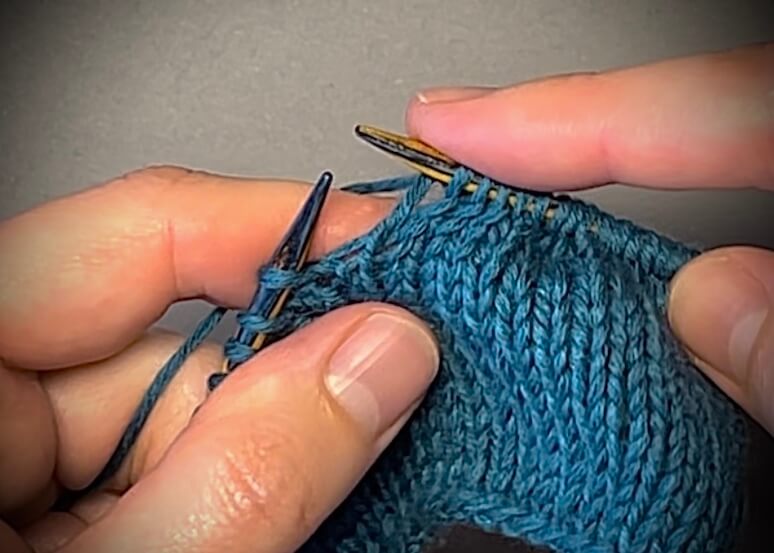

Then insert the right needle under the left loop of the stitch from the previous row and knit it. For convenience, you can place it on the left needle.


The new stitch is positioned to the left of the desired stitch:


Yarn over increases
Now let’s talk about increases using yarn overs. Yarn overs are created in one row and worked in the next. ⏰ 02:47 – in video
To get a stitch that leans to the right, in a knit row, make a yarn over by placing the working yarn on the right needle with the left loop forward. It’s easy to remember: the yarn over “looks” to the right:

Then knit the next stitch as usual:

To get a stitch that leans to the left, in a knit row, make a yarn over by placing the working yarn on the right needle with the right loop forward, then knit the next stitches as usual.
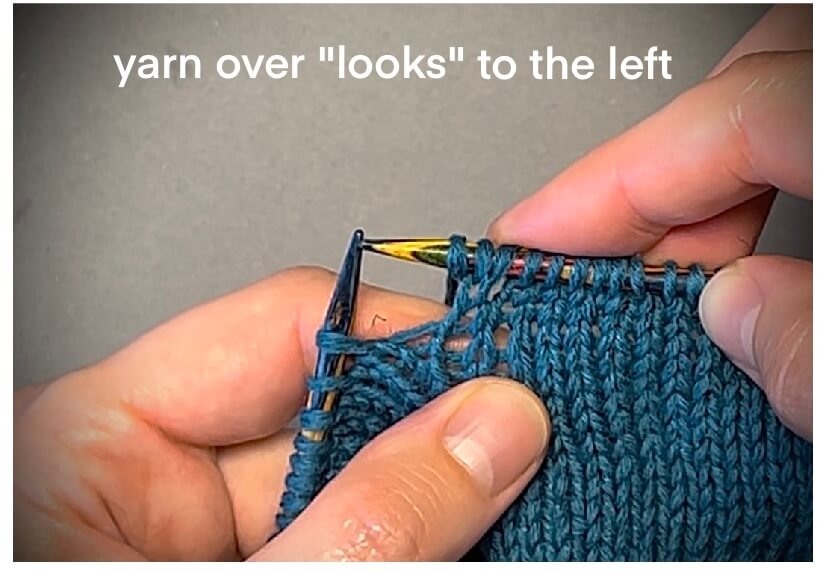
When it’s time to work the yarn overs in the purl row (if knitting back-and-forth), each yarn over should be worked twisted.
For purl stitches: Insert the right needle behind the knitting, under the left loop of the yarn over, directing the needle from left to right, and purl the yarn over.


Don’t forget to turn the resulting stitch so that the right loop of it is in front. Purl stitches are knitted in the usual way.


When working a yarn over that should become a right-leaning increase in the knit row, insert the right needle under the left loop of the yarn over in front of the knitting and purl it.

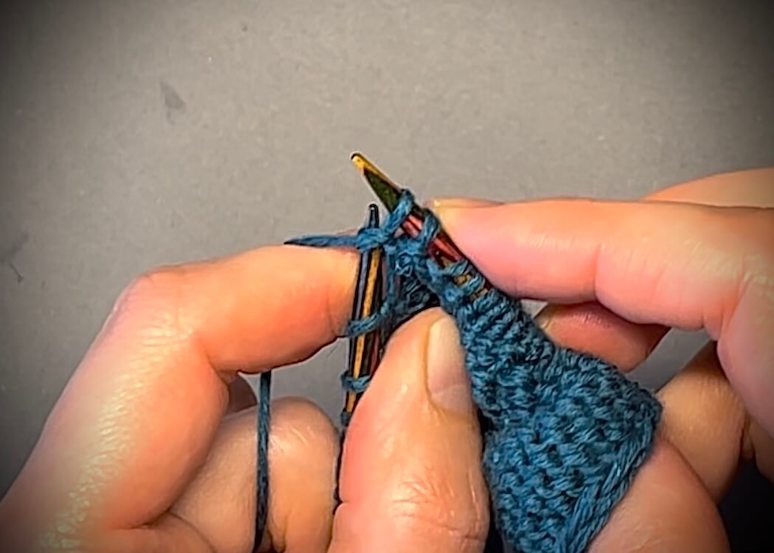
The result should be the following picture in the right and wrong side rows:


Continue knitting the purl row.
If knitting in the round, work the yarn overs in the next row the same way as when working crossed strands.
Twincrease
Now let’s look at another type of increase, which is very interesting and modern, invented recently by @assia.brill — Twincrease. ⏰ 04:17 – in video
This method creates two stitches from one, which are visually indistinguishable from each other.
Insert the right needle into the desired stitch as if to purl. Slip it off the left needle and wrap this stitch around the left needle from front to back.


Knit the first stitch from this position and slip only the right loop of the stitch off the needle.


Then insert the right needle under the left loop of the stitch as if to knit.
Knit the second stitch from this position. Slip the left loop of the stitch off the left needle.

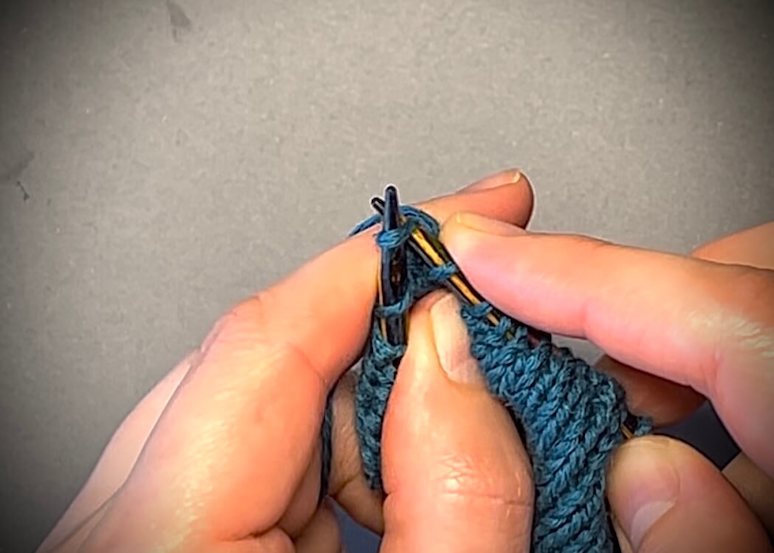


Finally, let’s see how different types of increases look on the finished sample:

I hope this material was helpful and allowed you to easily and quickly master various types of increases. In any case, choosing a method to widen your fabric is creative process, just like any other stage of knitting.
Sincerely, Tatiana.
SHARE






